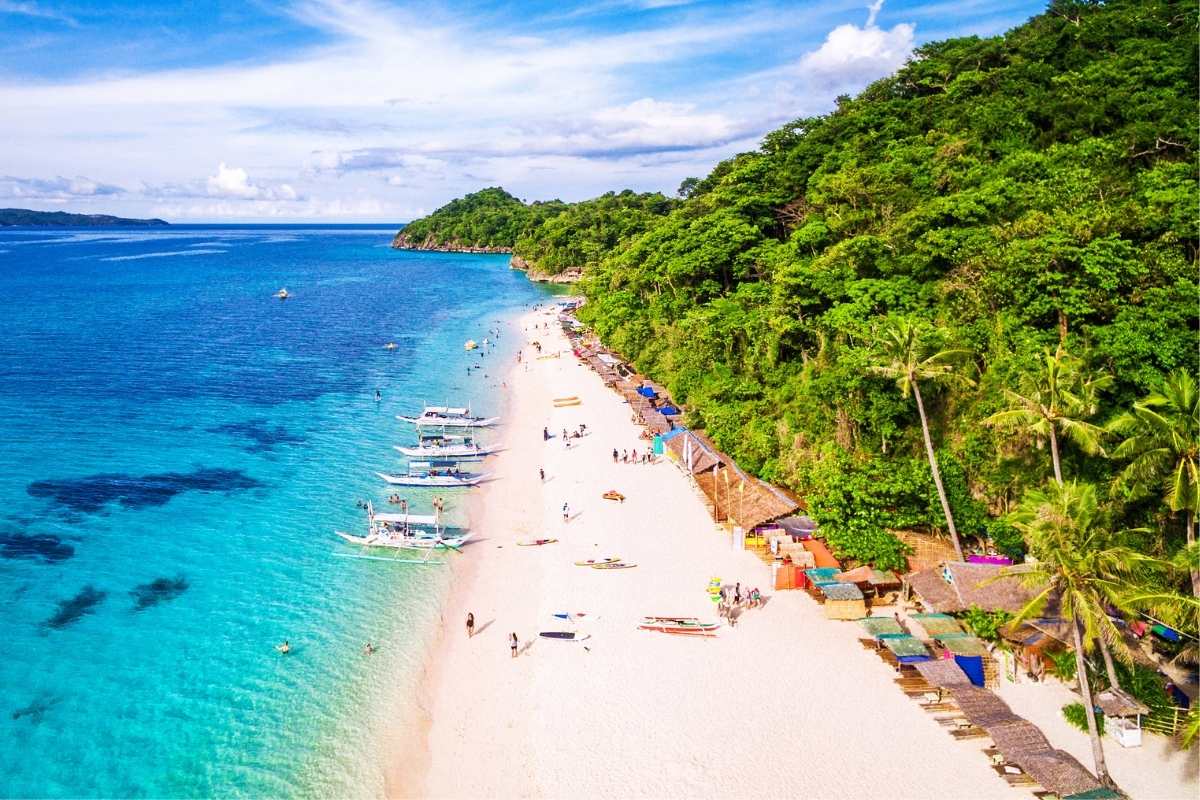When June arrives, two scenarios occur in the Philippines that affect its top destination island Boracay:
- First, the school season begins and takes budgeting priority among locals.
- Second, the rainy season sends frequent showers with strong winds to one side of the island.
But Boracay goes with the season cycle, just like it did in every past year, keeping fun alive for all visitors, continuing to be a go-to getaway—only it is wetter and windier and less crowded.
Marked the low season, this period from June 1 to December 15 offers a window of great enjoyment for many prudent tourists. Why do they choose to visit during this season?
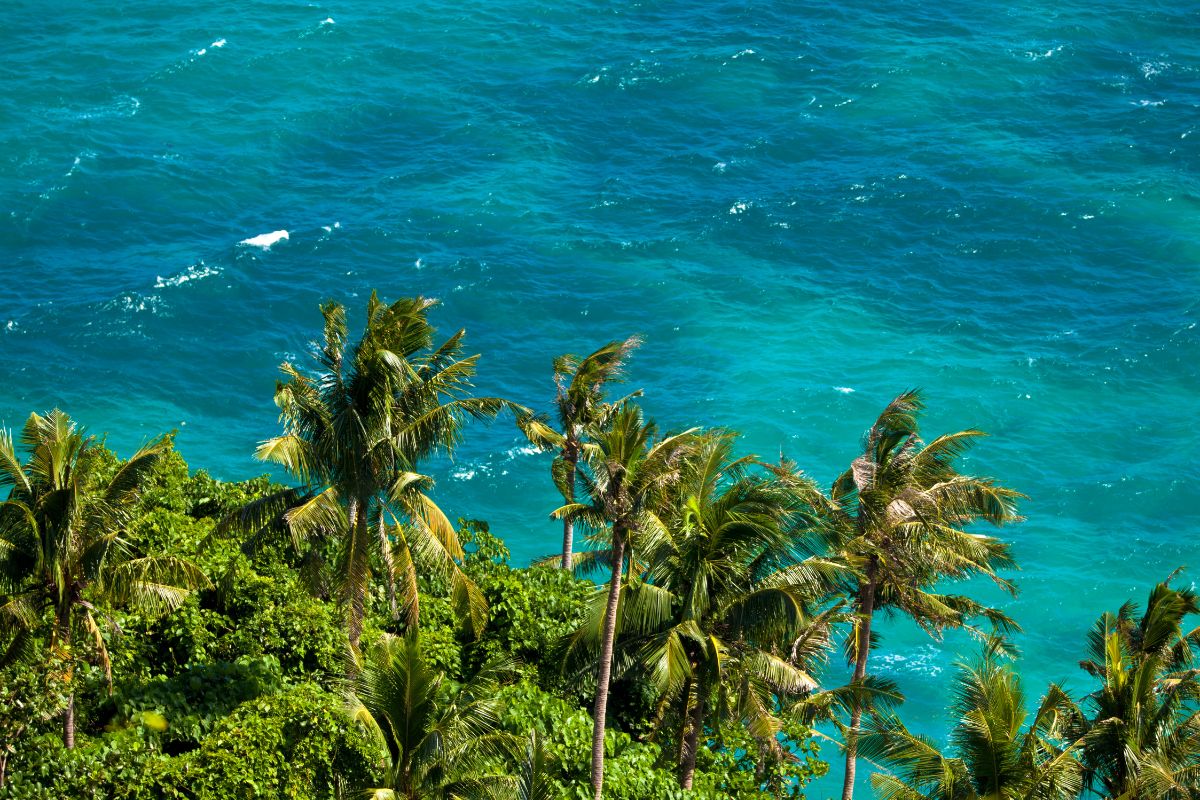
1. Playing with the wind provides an above-average thrill
The southwest monsoon, or habagat, sends salvos of strong winds to the west side of Boracay, where the four-kilometre White Beach lies. This condition only means one thing: the waters around White Beach would be perfect for navigating with a sailboat.
On top of this, kite surfing also migrates to this side of the island, although the activity can still be done on the back of Bulabog Beach. So during off-peak season, Boracay’s world-renowned powdery-sand beach sees more than a normal number of boats and kites.
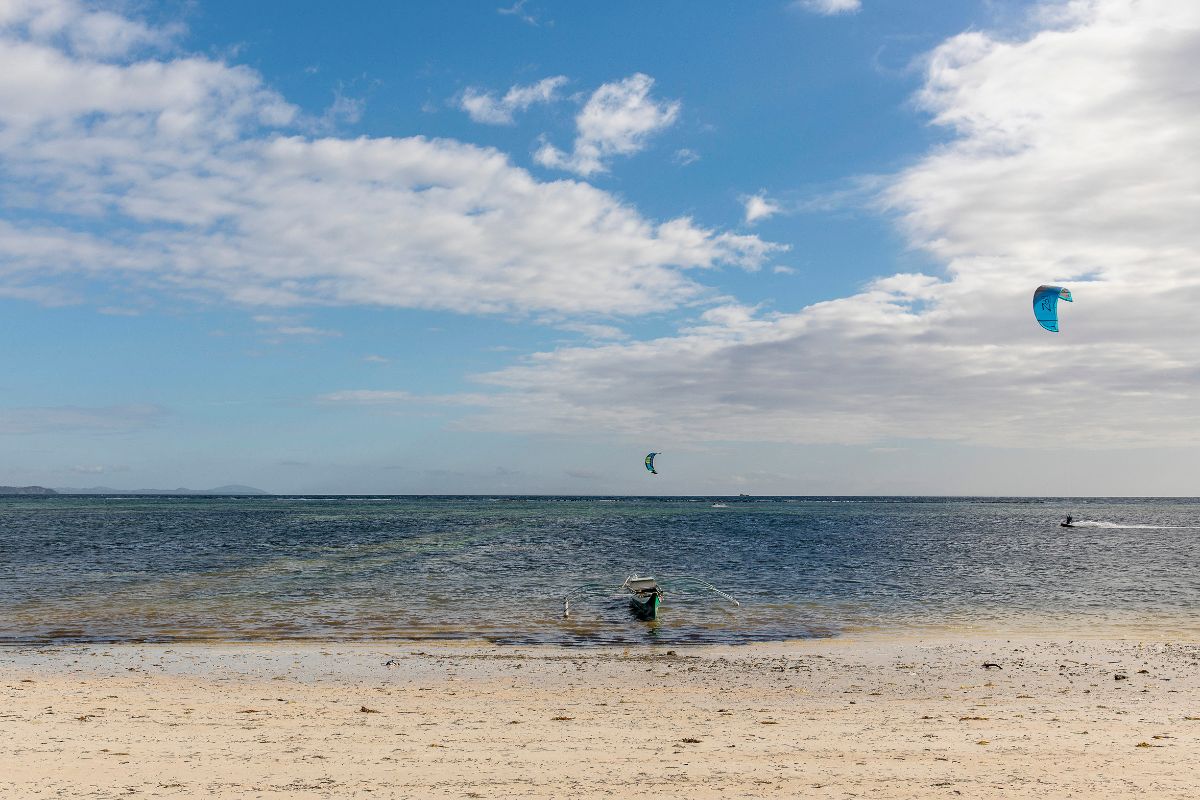
2. It is more relaxing with a smaller crowd and less noise
Since people attach the idea of the sun to the beach, many dismiss the prospect of an island getaway during rainy days. Soul-searchers take advantage of this perception, though.
Hence, from June to early December, they get more space on the island and experience more nature. Station 3, host to the cheapest hotels on the island, is apt for lovers and solo travellers who want to reclaim some privacy.
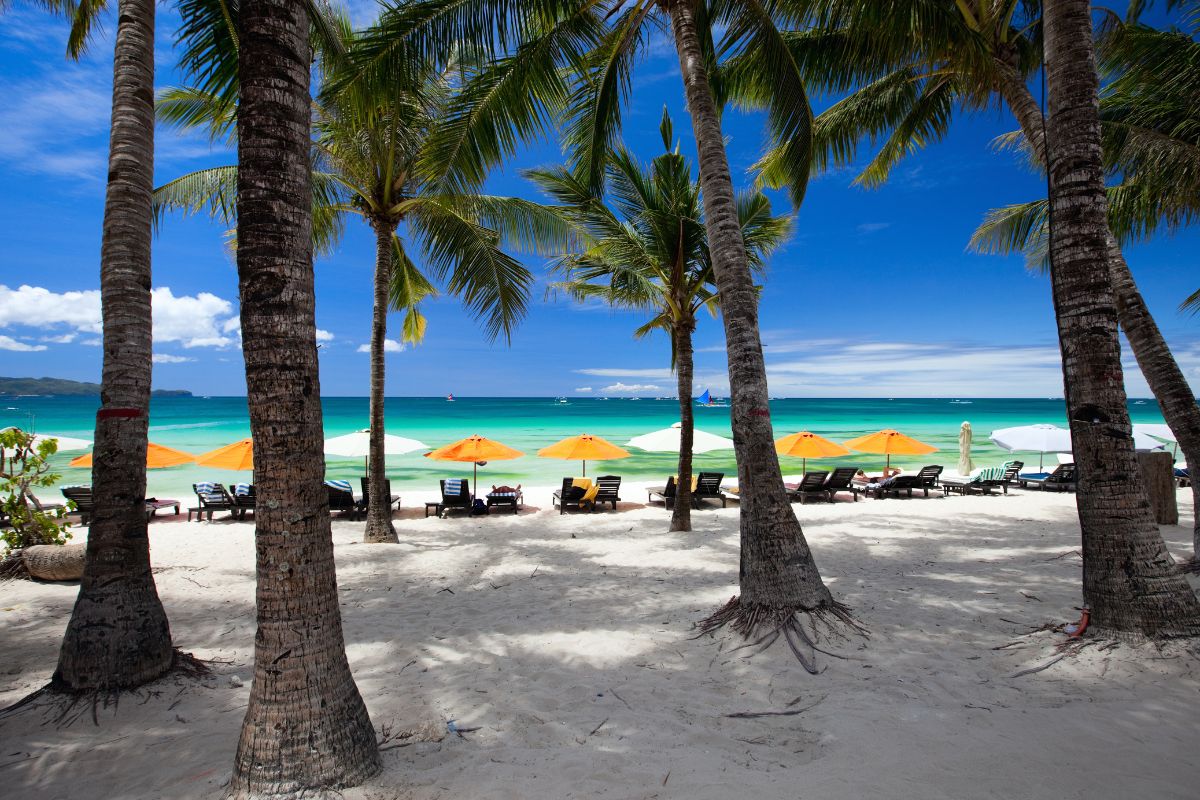
3. Cheaper accommodation, airfare, and activity prices spell savings
Everyone should leverage during the rainy season the huge discounts on hotels, flights, and activities that can be found for the June-December period.
Despite the lower prices, the quality of all amenities and facilities remains unchanged. Generally, there is a 20% reduction in rates throughout the island. With some good haggling skills, you can literally stay longer in Boracay with a modest budget than during the peak and super peak seasons.
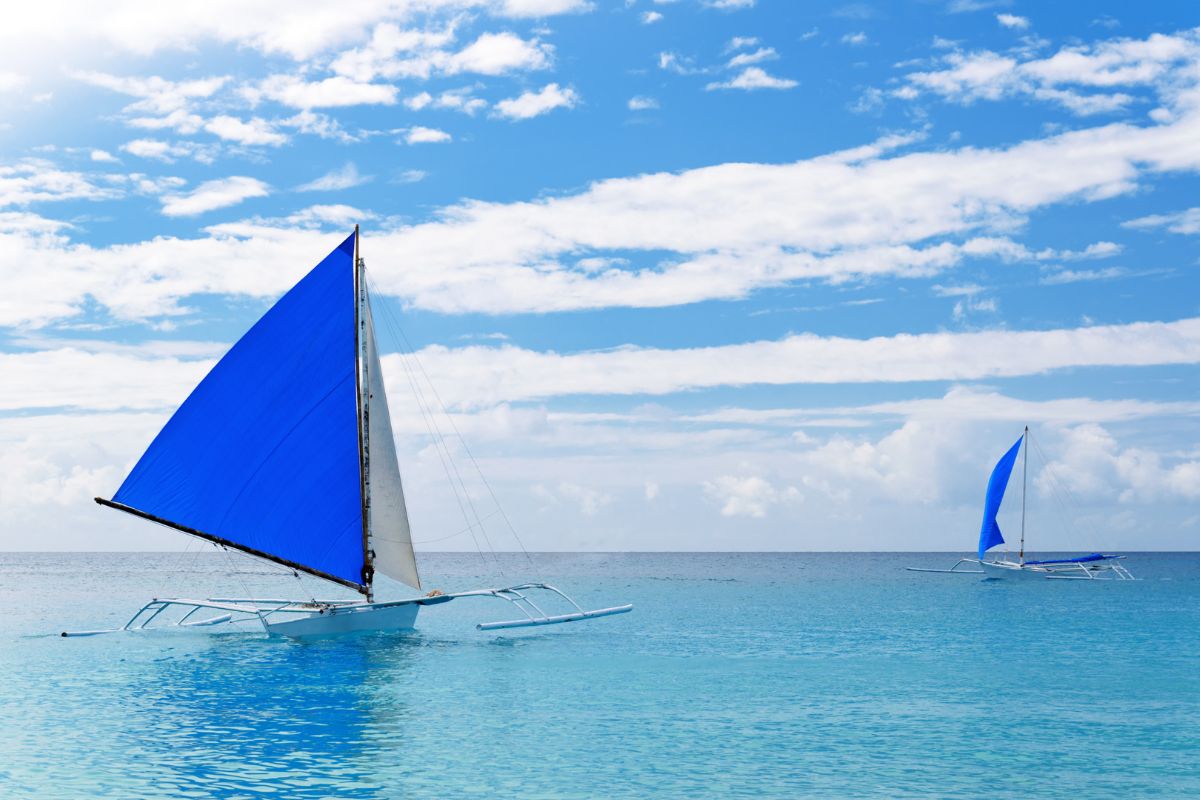
4. Inland and water activities are more enjoyable
You’ll feel closer to nature during the off season due to the smaller tourist numbers. Walking and biking are simple activities that become subtly engrossing if done in the forest area or on less frequented beaches like Puka.
Moreover, tons of other activities like diving, swimming, paraw sailing, jet ski, snorkeling, etc, are made more enjoyable by the calm waters on the island’s east side.
Other not-to-miss activities in low season are massage, shopping, parasailing, island hopping and helmet diving.
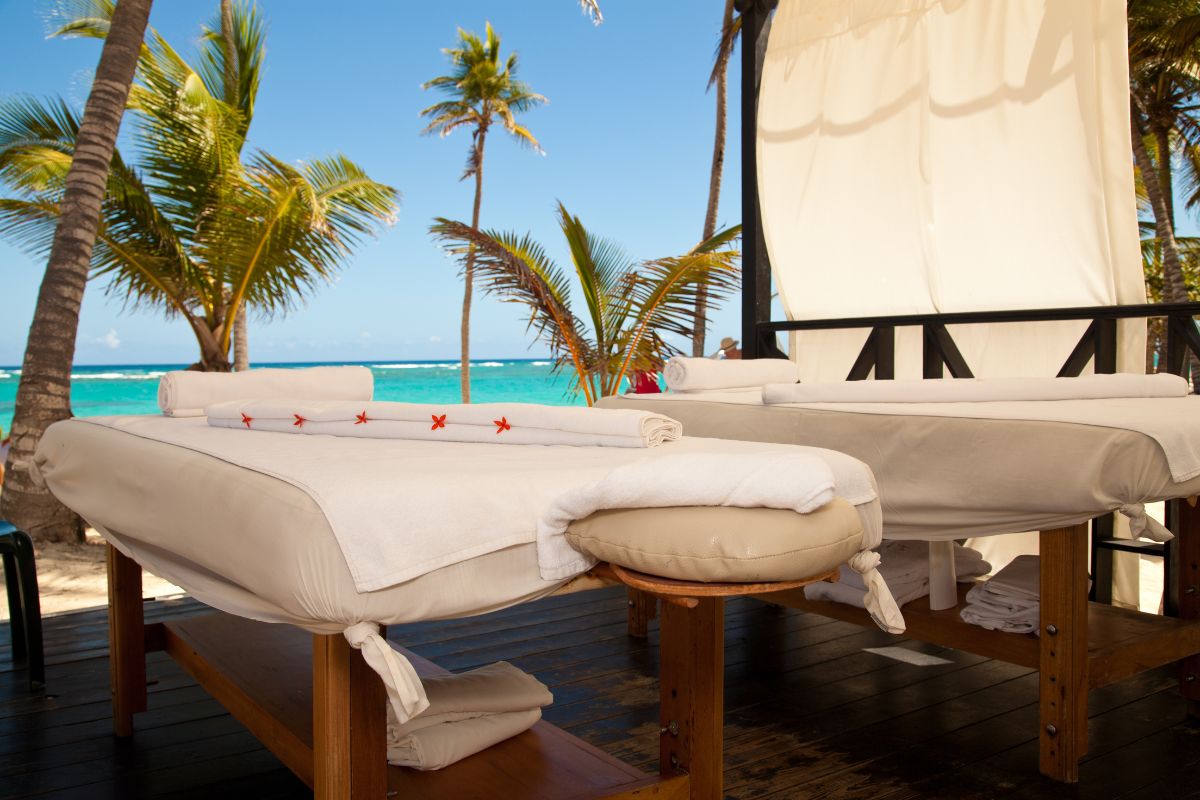
5. Right party vibe to chill out at night
People avoiding large crowds but want to spend the night outside to chill can welcome themselves to pubs and clubs that showcase tamer parties.
Nightlife in Boracay during the off-season is a few notches quieter and less cramped. However, there remain the regular offerings in these night-time establishments: liquor, pica-pica, meals, and fun. Those wondering where to go first for some great after-dark experience can head to these eight amazing hang-out places to spend the night.
Boracay adjusts every rainy season to ensure the safety and enjoyment of your stay. The local government moves the docking of boats to Tambisaan Port and Tabon Port to avoid the rough waves to and from the island, and the hotels on White Beach make sure to put up windbreakers to protect tourists.
Though the island changes to some degree, the fun never stops during the low season. In fact, it is the best time to have a group vacation due to the numerous discounts available.
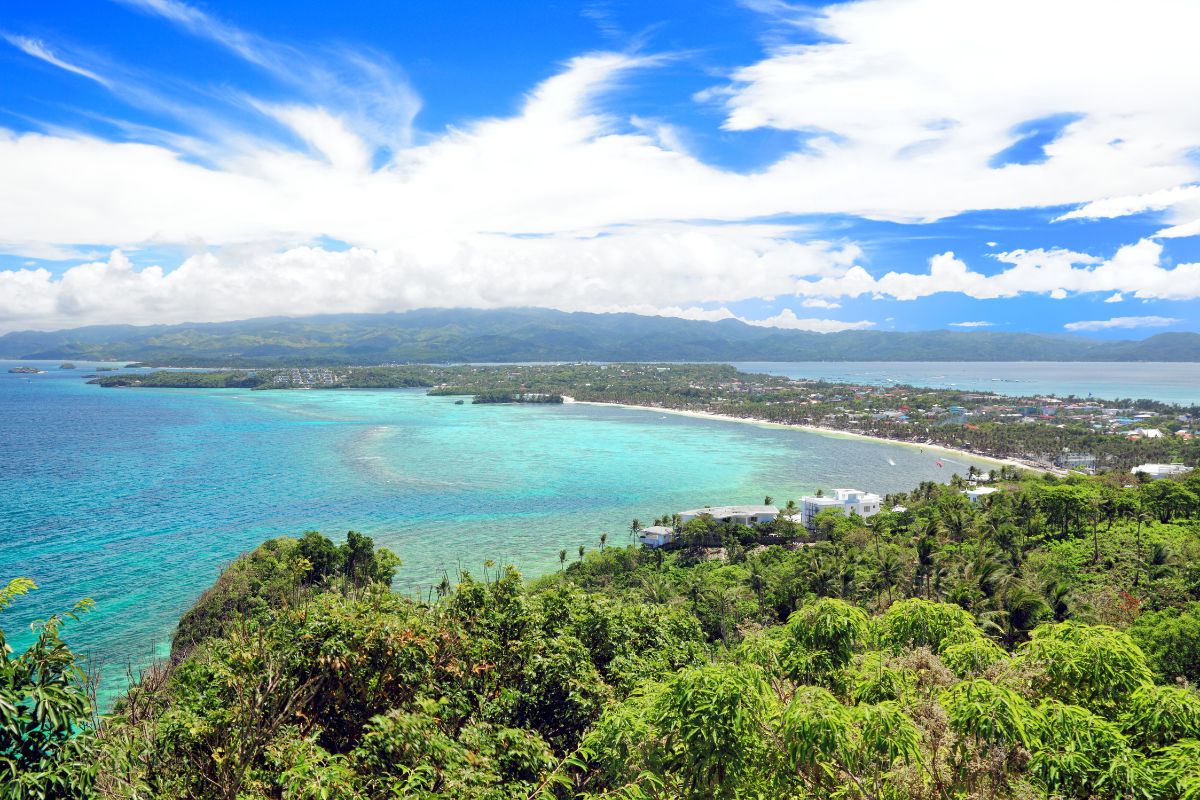
Visiting Boracay in Low Season: A Summary
So, you’re considering Boracay but want to avoid the peak season crowds and costs? Venturing into the low season (June to Dec) offers a unique Boracay experience, with its own set of pros and cons:
Pros:
- Budget-friendly: Lower prices on flights, accommodation, and activities compared to peak season. Score amazing deals if you’re flexible with travel dates.
- Fewer crowds: Enjoy the beaches, restaurants, and attractions with more breathing room. Escape the shoulder-to-shoulder hustle of peak season.
- Lush greenery: Witness Boracay’s vibrant side with lush vegetation flourishing from the rains. Embrace the island’s natural beauty with its verdant hills and vibrant flora.
- Surfer’s paradise: Stronger winds in the low season create ideal waves for experienced surfers and kiteboarders. Catch some epic barrels if you’re a wave rider.
- Diving and snorkeling: As the rainy season tapers off, underwater visibility improves, offering stunning views of Boracay’s vibrant coral reefs. Explore the marine life without the peak season crowds.
Cons:
- Rainy days: Be prepared for frequent downpours that can disrupt outdoor plans. Pack an umbrella and rain gear for unexpected showers.
- Rough seas: Choppy waters might not be ideal for swimming or snorkeling, especially during the peak of the rainy season. Opt for land-based activities on stormy days.
- Typhoon risk: October and November see the highest chance of typhoons, although the island is well-equipped to handle them. Stay informed and be prepared for potential itinerary changes.
Overall, visiting Boracay in the low season can be a rewarding experience for budget-conscious travelers, surfers, divers, and those seeking a less crowded escape. Embrace the lush greenery, score great deals, and enjoy the island’s natural beauty, while being mindful of the potential for rain and rough seas.
Remember, the best time to visit Boracay for you depends on your priorities and preferences. If you crave sunshine and calm seas, stick to the dry season. But if you’re flexible, adventurous, and open to embracing the island’s wilder side, the low season might just be your perfect Boracay adventure!

